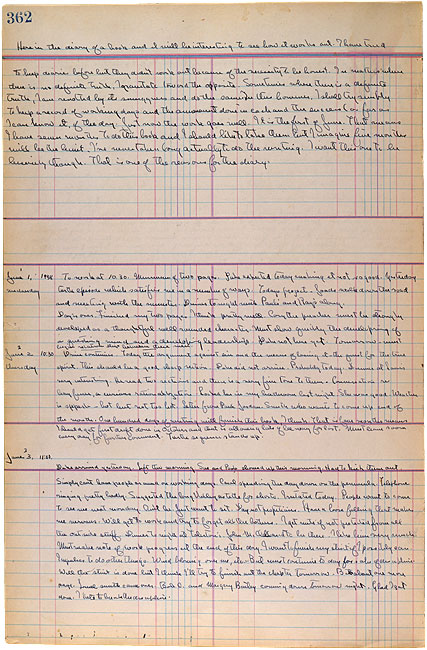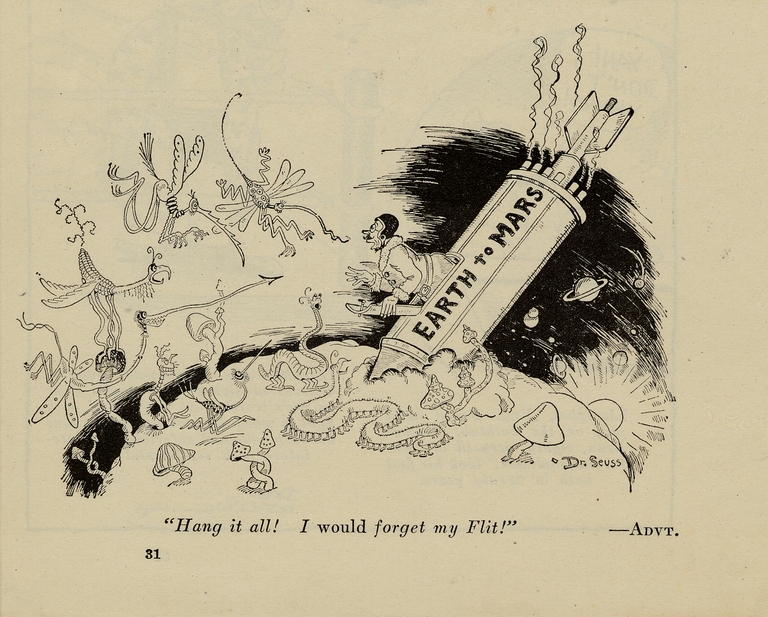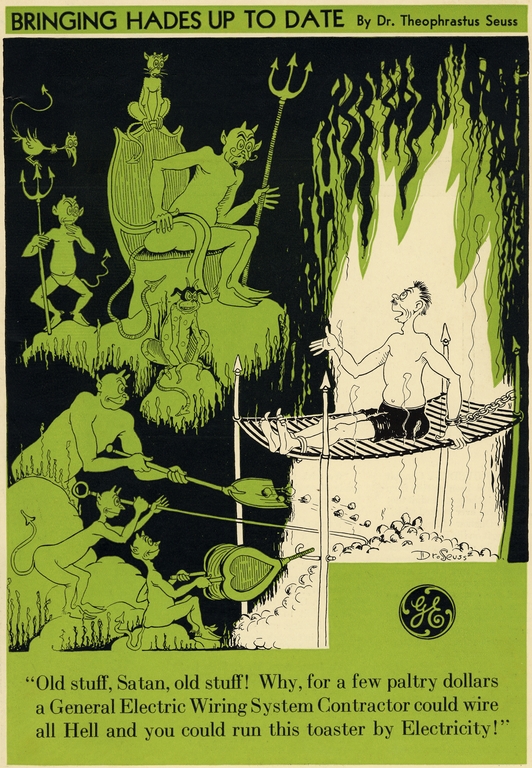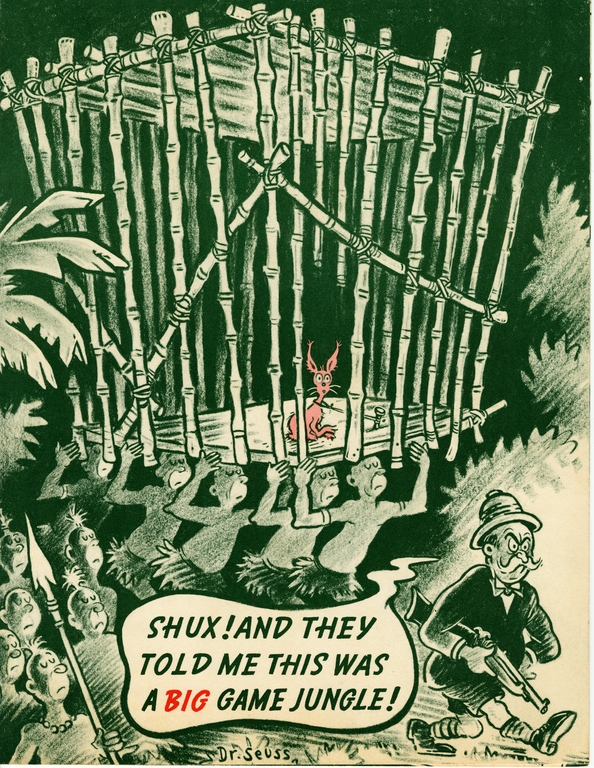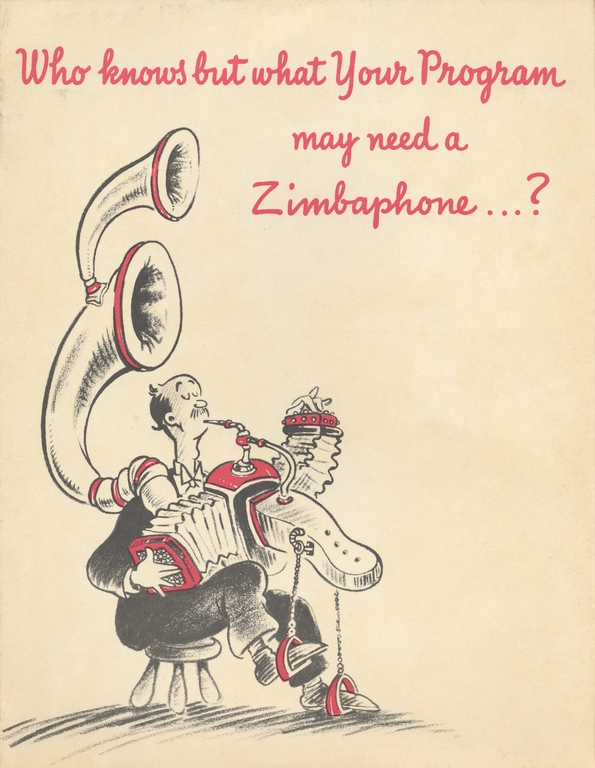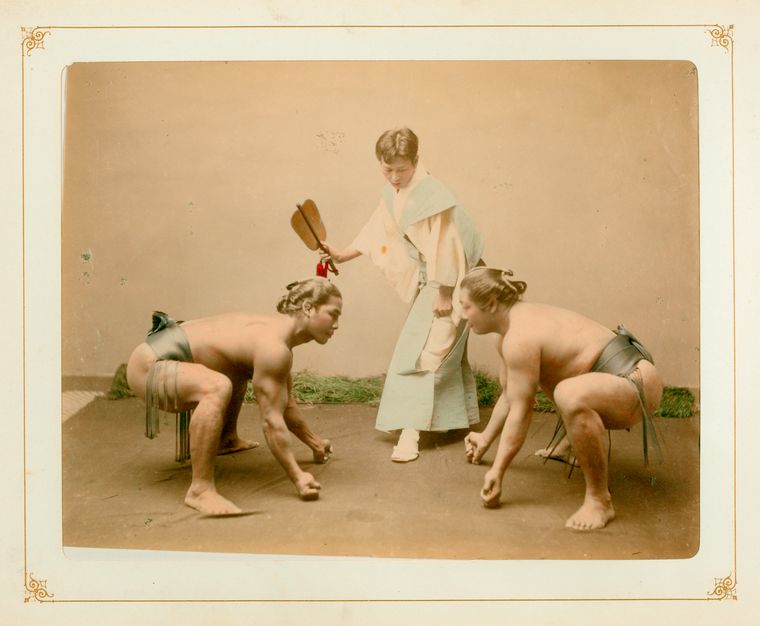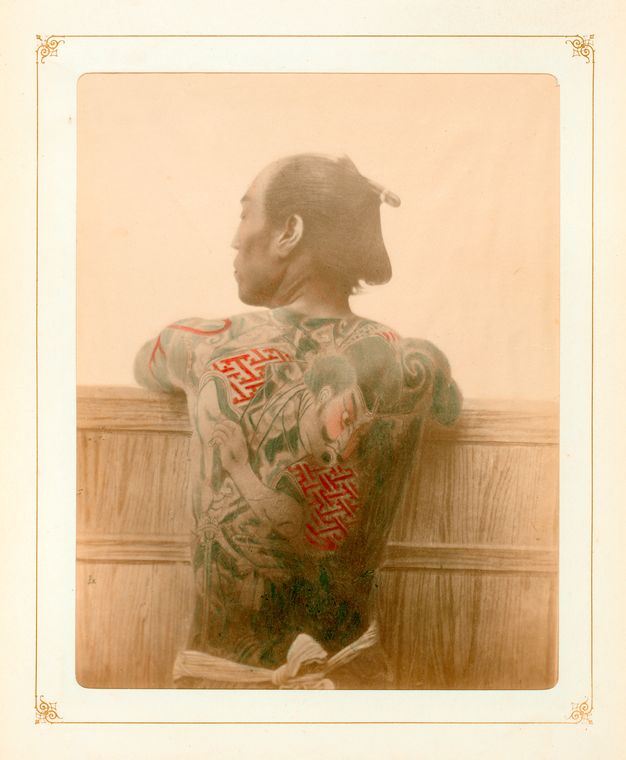The ever more critically acclaimed, ever more resolutely Austin-based auteur Richard Linklater grounds each of his movies in a particular place, but even more so in a particular time. His second feature Slacker, which broke him into the world of American independent film in 1991, takes place not just in Austin, but in a single day in Austin. Its much bigger-budget but also Austin-set follow-up Dazed and Confused takes place on May 28, 1976, the last day before graduation for its high-school-age characters. 1995’s Before Sunrise began a trilogy of films released every nine years, each of which continues the story of the central couple by following them in near-real time around a different place: first in Vienna, then in Paris, then in Greece.
Linklater has maintained his penchant for temporal specificity, setting last year’s Everybody Wants Some!! in southeast Texas in 1980, specifically on the day before the beginning of college for its characters. Before that, his low-key epic Boyhood made cinema history by having been shot over a period of twelve years, demonstrating definitively that the director’s interest in time goes well beyond simply evoking periods or replicating the real flow of events.
“It’s a big element, isn’t it, of our medium?” he asks in “On Cinema & Time,” the video essay made by “kogonada” for the British Film Institute at the top of the post. “The manipulation of time, the perception of time, the control of time — kind of the building blocks of cinema.”
“What I’ll say is, like, ‘Carve out something of real time,’ you know?” says Linklater, with his characteristic delivery of artistic insight in a highly casual, Texas-inflected locution, in the Film Radar video essay “Richard Linklater and Time” (not viewable in all regions). “Some kind of hyperreality, you know? Trying to make sense of the world in a movie way, of just how people live or think or interact.” But would his time-carving, expertly though he does it, strike us as powerfully without he and his collaborators’ equally high skill at crafting images (whether live-action or, occasionally, in animation, as in the rotoscoping of the philosophical dialogue-driven Waking Life, or his Philip K. Dick adaptation A Scanner Darkly, examined in Siobhan Cavanagh’s “Form and Function”)?
You can see that skill on display in the video essays “Cinematography in the films of Richard Linklater” and “Silent Connections” just above. In the latter, frequent Linklater collaborator Ethan Hawke quotes the director: “I’ve never been in a gunfight. I’ve never been involved in espionage. I’ve never been involved in a helicopter crash. And yet I feel like my life has been full of drama, and the most dramatic thing that’s ever happened to me is, really, connecting with another human being. When you really connect, you feel like your life is different, and I want to make a movie about that connection.” In a sense, Linklater has spent most of his career taking different approaches to making that movie, always drawing on his vast breadth of film knowledge; the video essay “Real Time and New Wave Heritage” just above looks at just a few of the parallels between his work and that of his predecessors in cinema.
“It’s funny, the way memory works,” Linklater says in a ten-minute Independent Film Channel featurette on the making of Boyhood. “I’m kind of obsessed with that.” You can see a younger Linklater speak about his life as a filmmaker, then only just beginning, in the 1991 Austin public-access television clip just above. “I don’t get work,” he says. “For me, filmmaking’s not even a job, it’s not a career, it’s just something I’m doing. For the first time it looks like I should be making money at it, but we’ll see.” Now we’ve seen what Linklater can do, though he’ll surely surprise and impress us for decades to come with the ways he can dig, cinematically, into his obsessions — and the obsessions his films have let us share. To quote a 23-year-old Hawke in Before Sunrise, quoting Dylan Thomas reading W.H. Auden: “ ‘All the clocks in the city began to whirr and chime. Oh, let not time deceive you; you cannot conquer time. In headaches and in worry, vaguely life leaks away, and time will have its fancy tomorrow or today.’ Somethin’ like that.”
Related Content:
Hear the Great Mixtapes Richard Linklater Created to Psych Up the Actors in Dazed and Confused and Everybody Wants Some!!
Scenes from Waking Life, Richard Linklater’s Philosophical, Feature-Length Animated Film (2001)
Watch Matthew McConaughey’s Audition Tape for Richard Linklater’s Dazed and Confused, the Indie Comedy That Made Him a Star
In Dark PSA, Director Richard Linklater Suggests Radical Steps for Dealing with Texters in Cinemas
Based in Seoul, Colin Marshall writes and broadcasts on cities and culture. He’s at work on the book The Stateless City: a Walk through 21st-Century Los Angeles, the video series The City in Cinema, the crowdfunded journalism project Where Is the City of the Future?, and the Los Angeles Review of Books’ Korea Blog. Follow him on Twitter at @colinmarshall or on Facebook.


